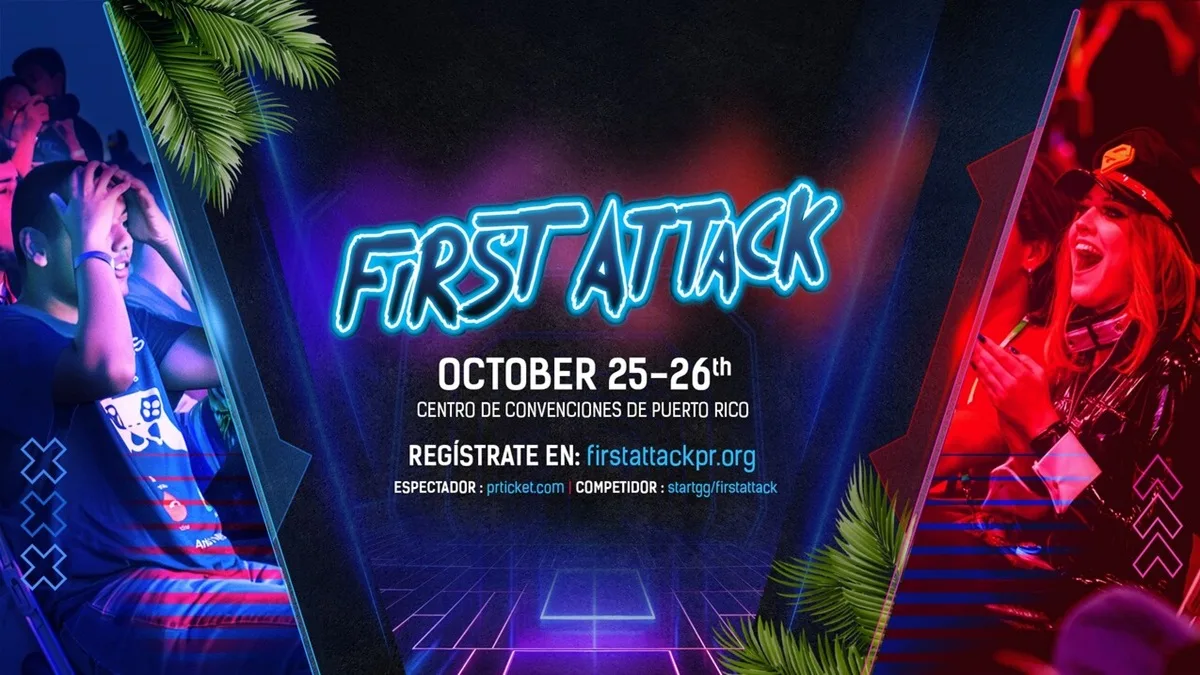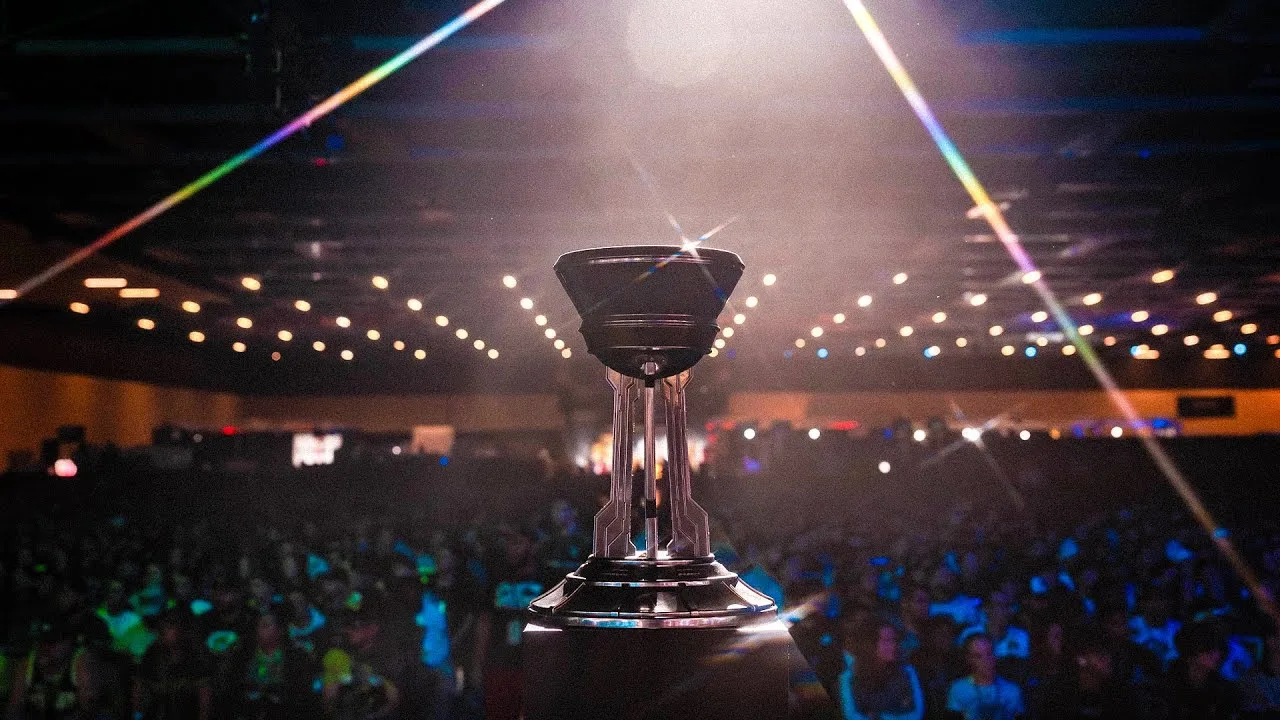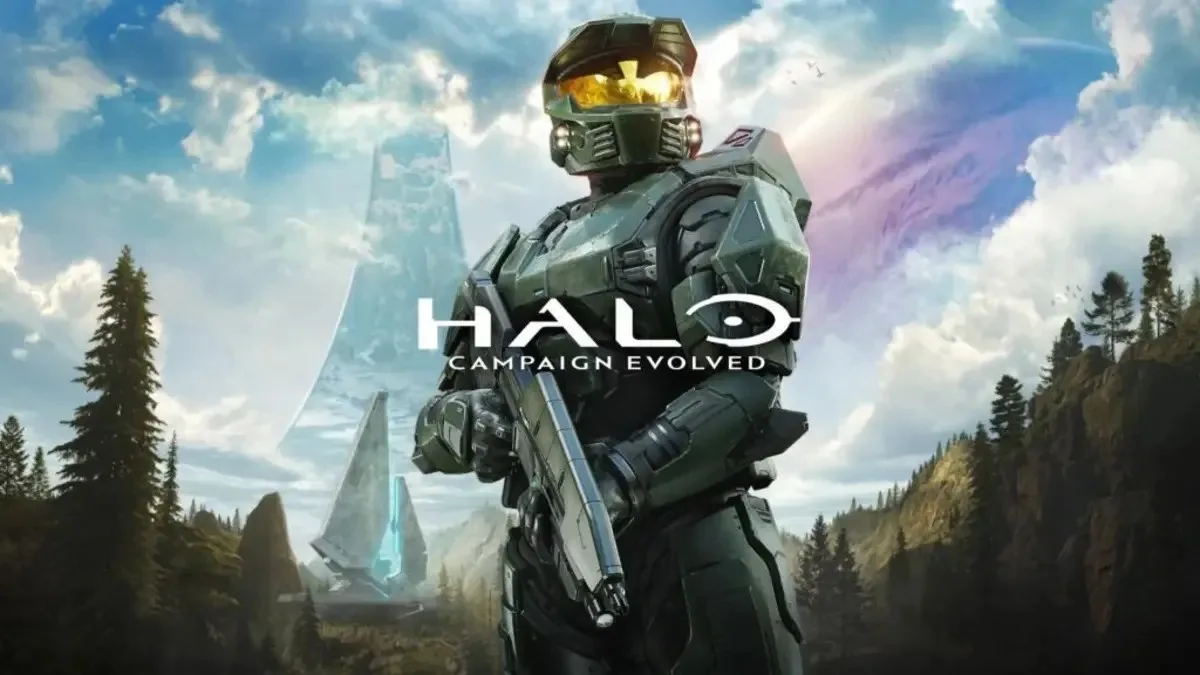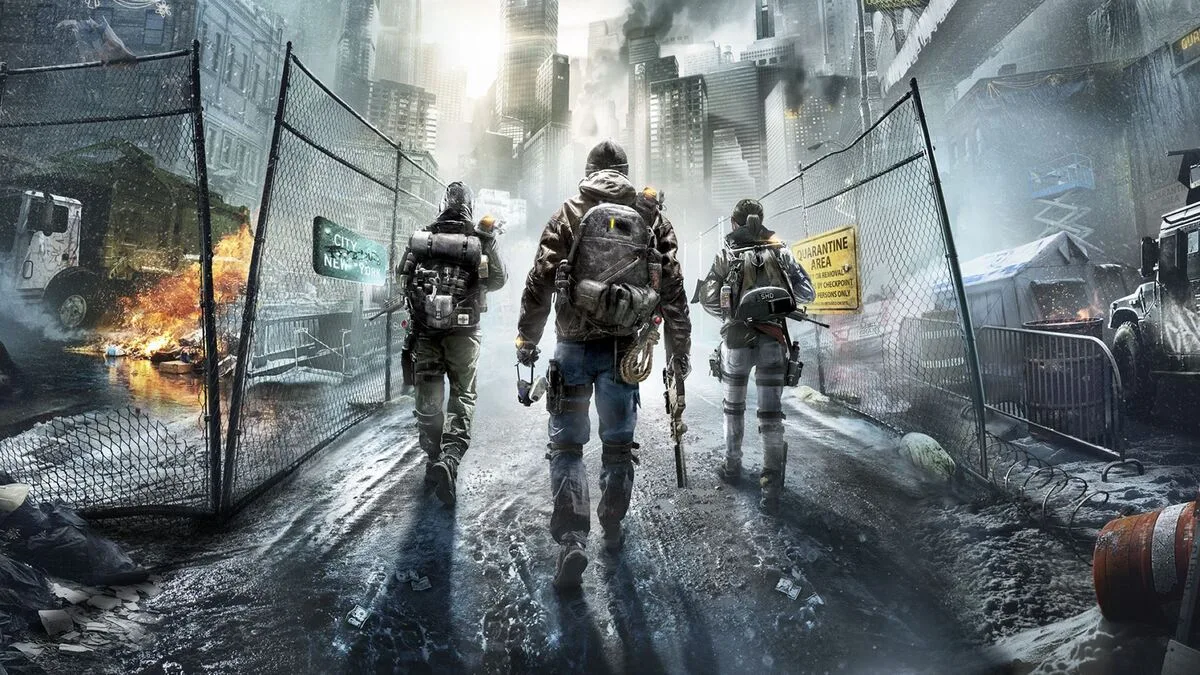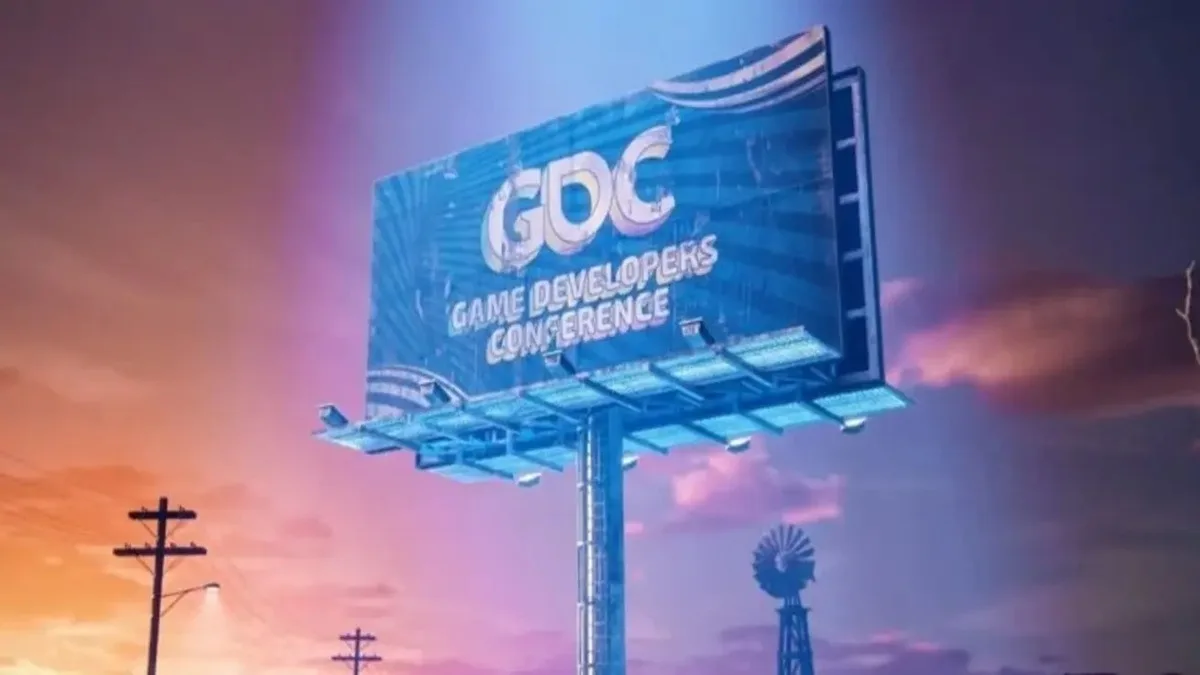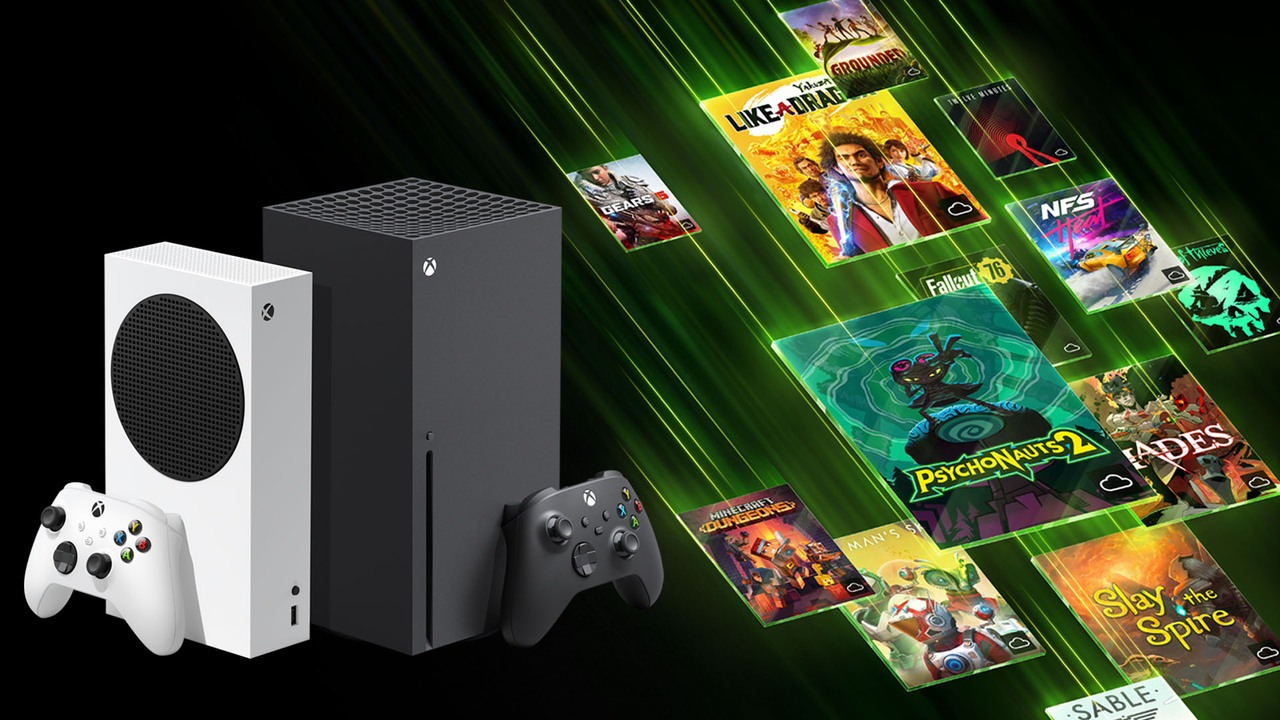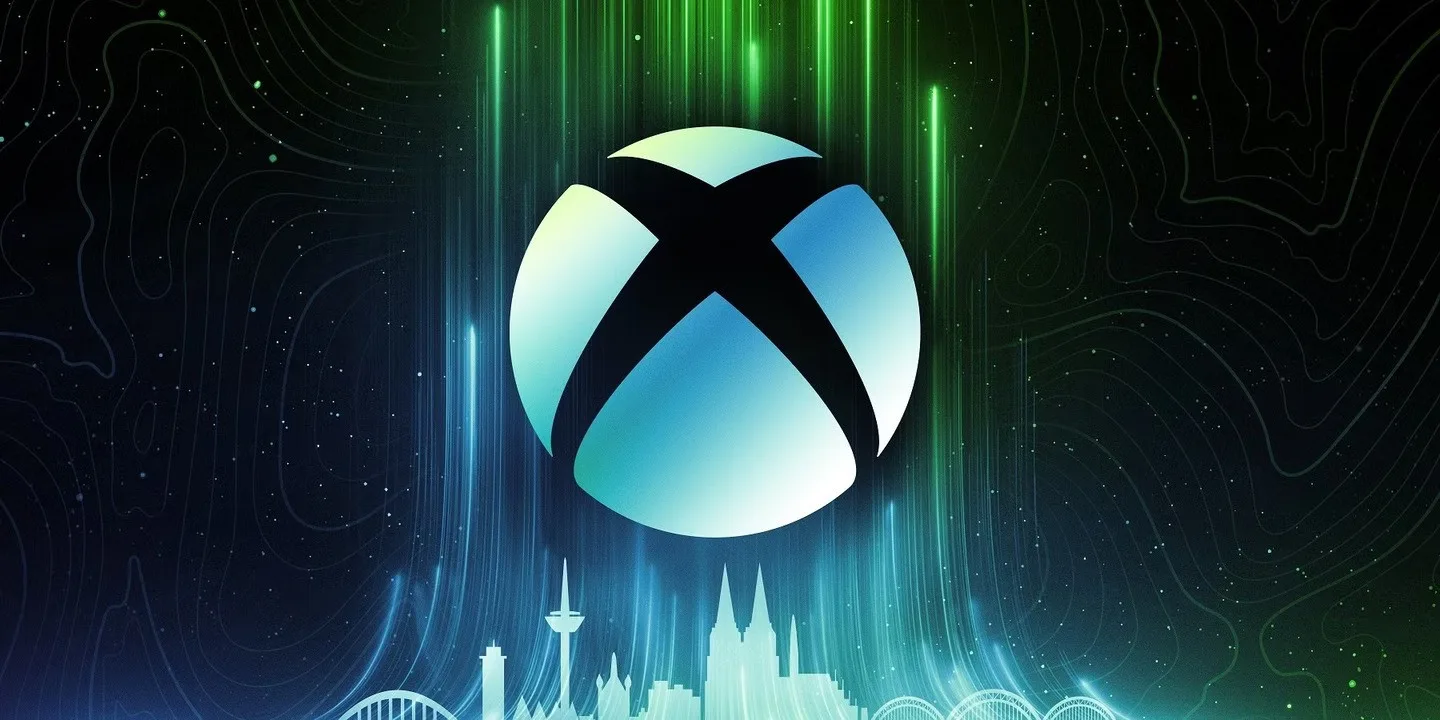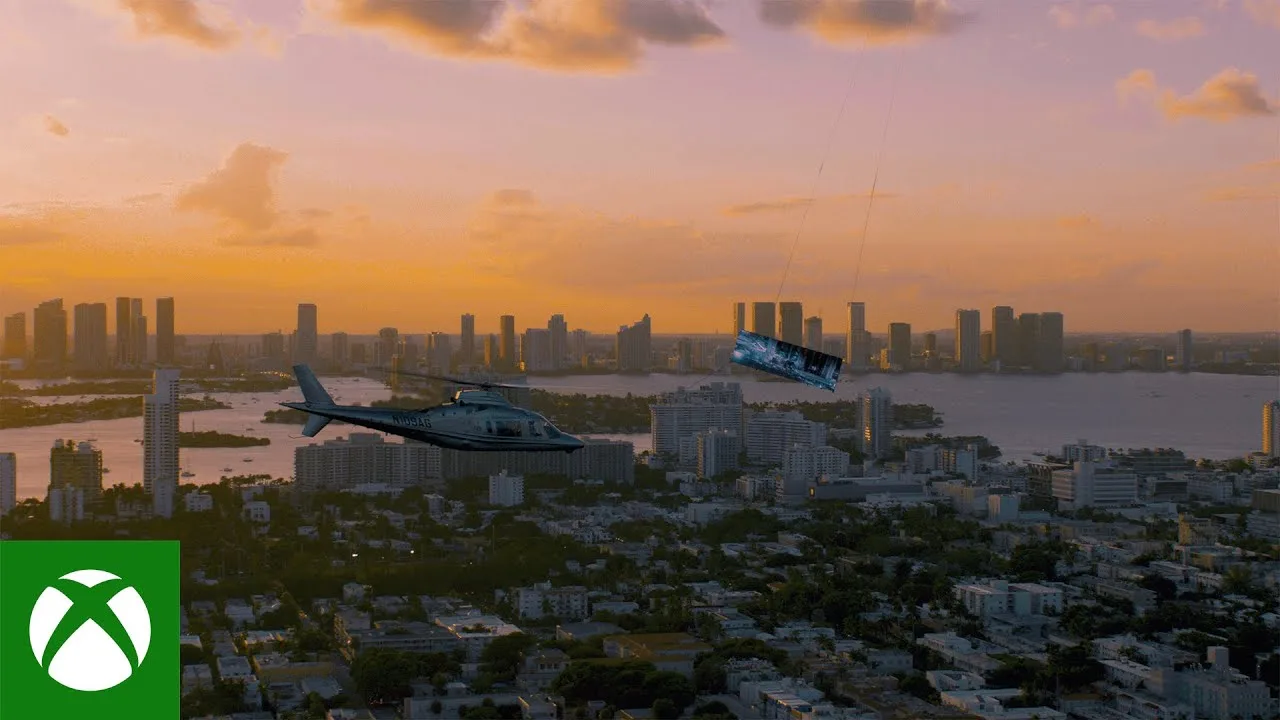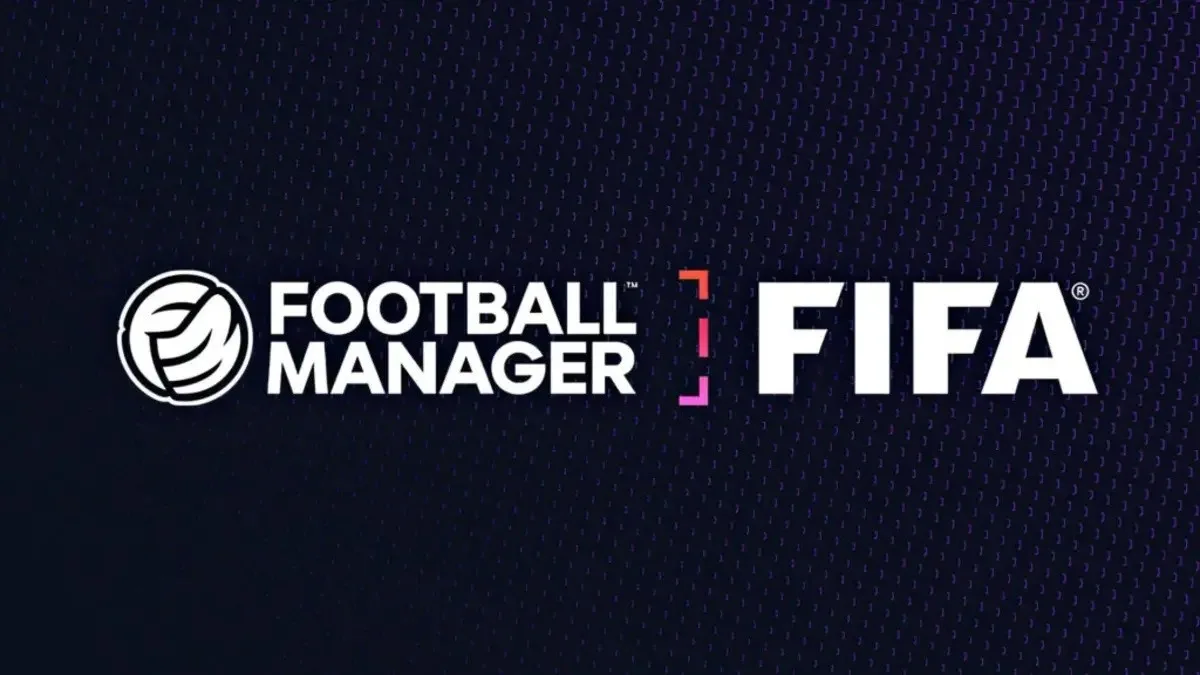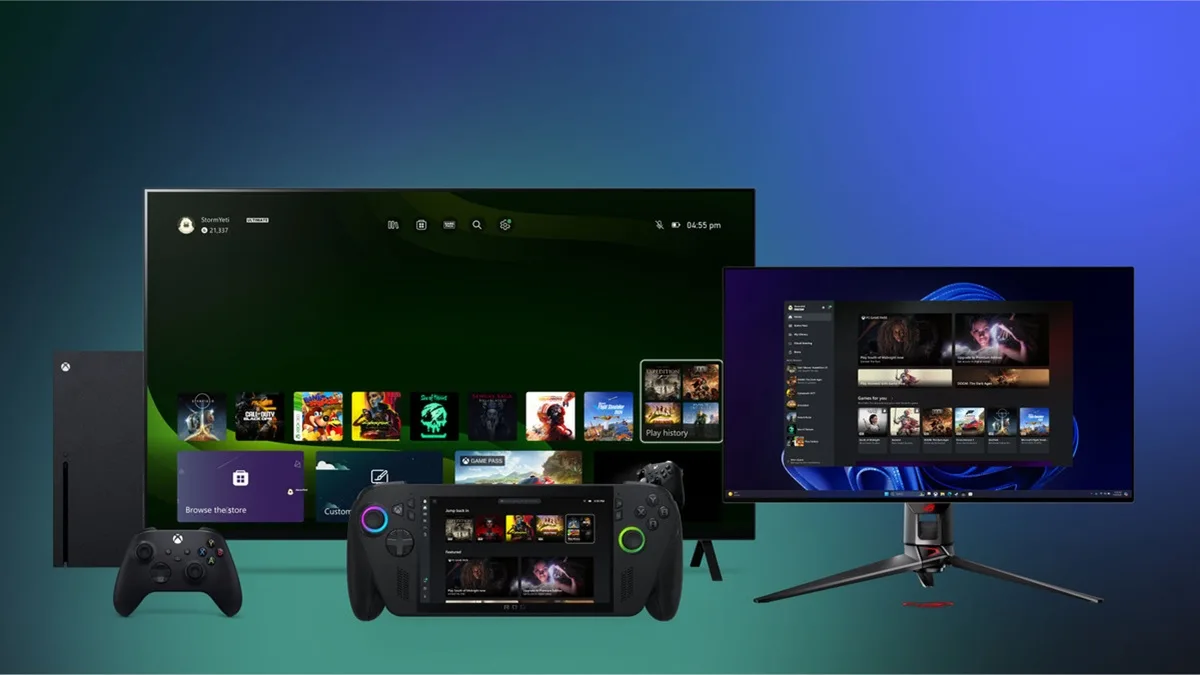
Windows Central: Hybrid Console-PC Xbox is what’s next!
Windows Central’s report paints Microsoft’s next Xbox as an ambitious hybrid—a console that merges your Xbox library with the full power of Windows PC gaming. Bloomberg’s insider reporting, however, highlights a harsher reality: Microsoft’s gaming… Windows Central: Hybrid Console-PC Xbox is what’s next!
